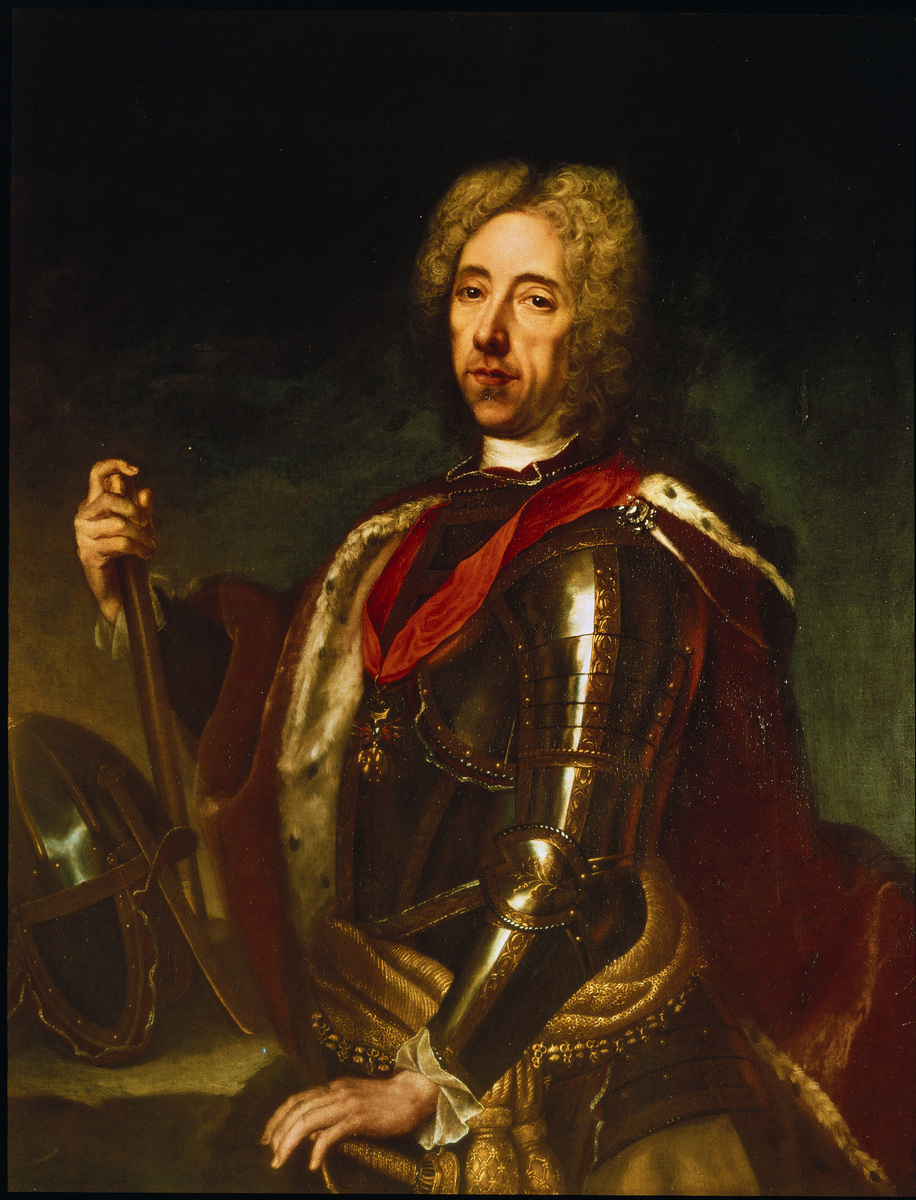Abstract
Refused a military command by King Louis XIV of France (r. 1661-1715)
on the grounds of “a weak constitution”
[Memoirs of Prince Eugene of Savoy,
translated by Frederic Shoberl. London, 1811. xvi], Prince Eugene of
Savoy (1663-1736) joined the Austrian side and secured the integrity of
the Habsburg lands by scoring a number of momentous military victories.
Eugene distinguished himself as a military commander in confrontations
with France, notably the War of the Spanish Succession (1701-14), in
which he cooperated effectively with the allied British general John
Churchill, First Duke of Marlborough (1650-1722). He also won fame in
the Austro-Turkish War of 1716-18, which pushed the Ottomans back into
the Balkans and temporarily delivered (until 1738) the fortress town of
Belgrade into Austrian hands.
In his adoptive country of Austria, Eugene also became an influential
politician and patron of the arts. One of the richest men of his day, he
made a lasting contribution to Austria’s cultural heritage by
commissioning numerous architectural landmarks, such as the City Palace
of Prince Eugene in Vienna [Das
Stadtpalais des Prinzen Eugen], now home to the Austrian finance
ministry, the Belvedere palace in Vienna, and the Schloss Hof in Lower
Austria. The portrait below was painted by Johann Kupetzky, whose
patrons also included emperors Leopold I and Joseph I.
